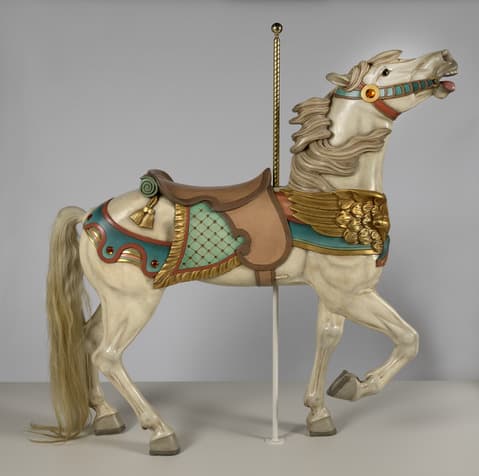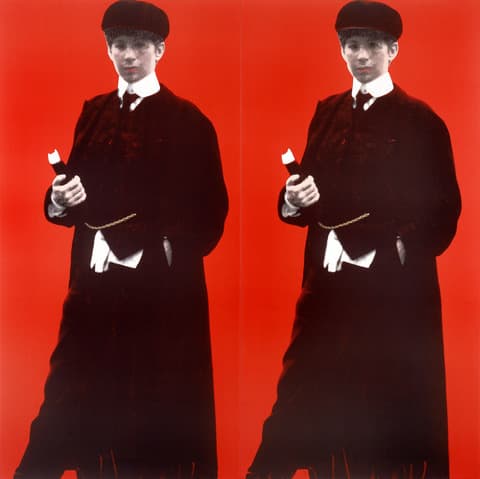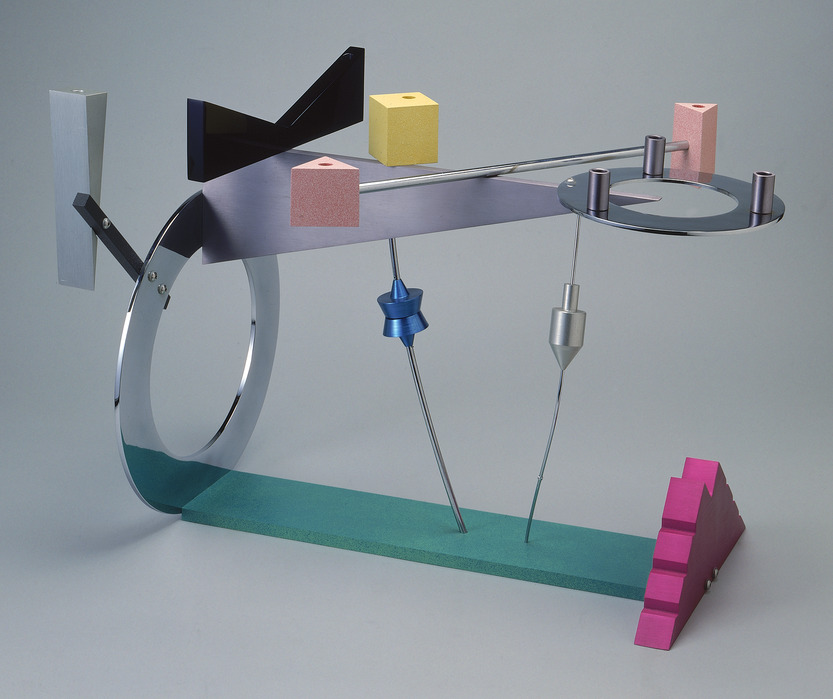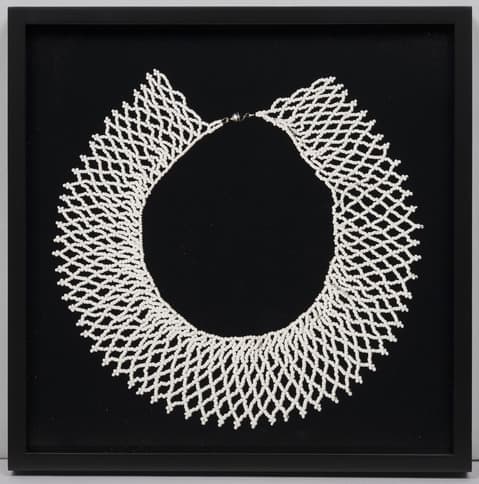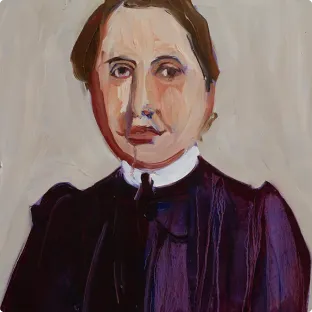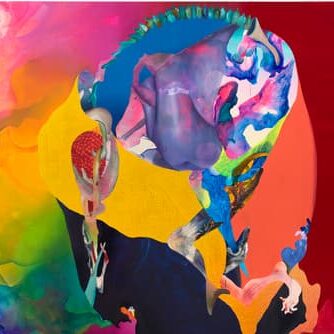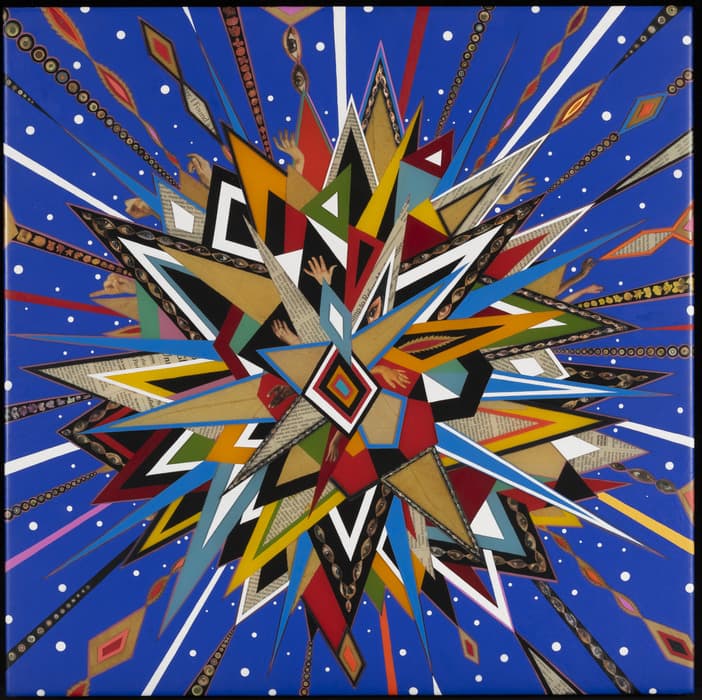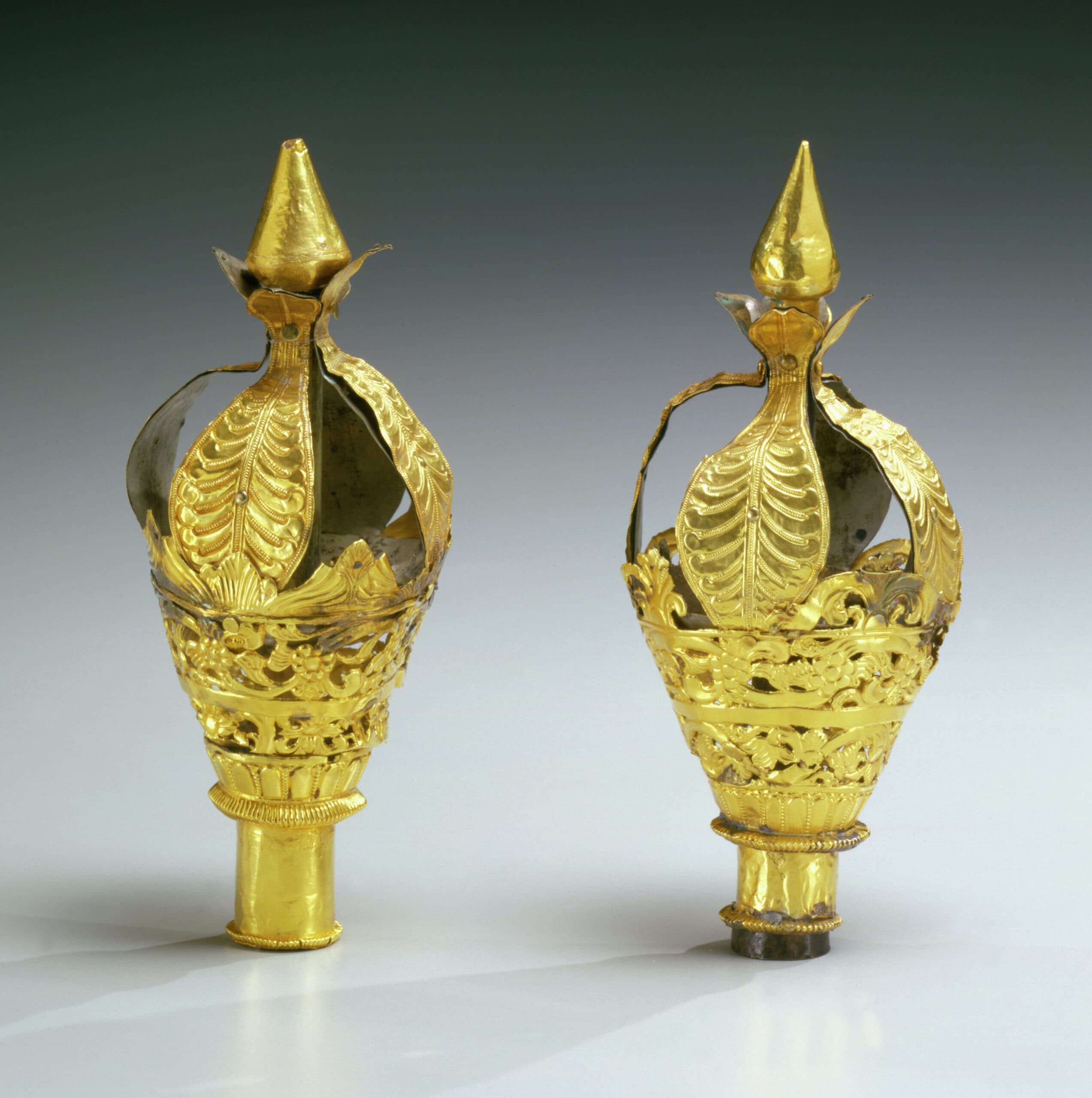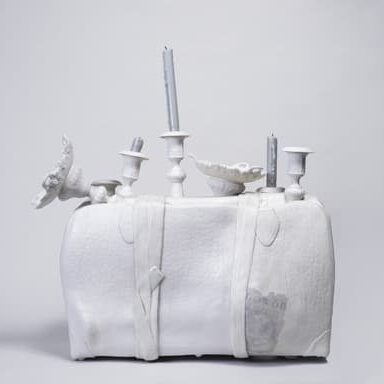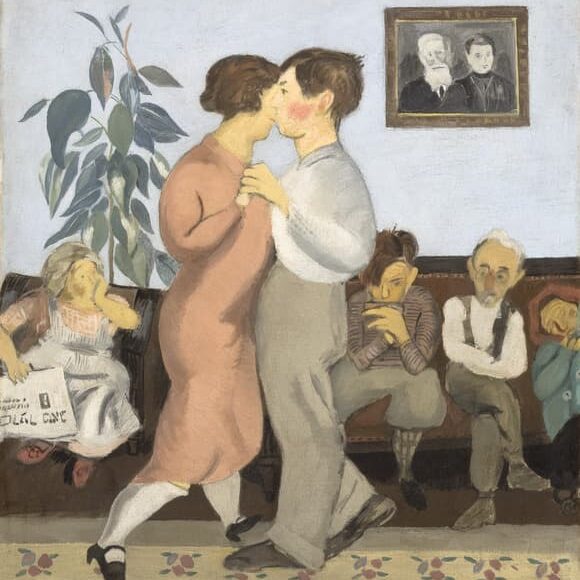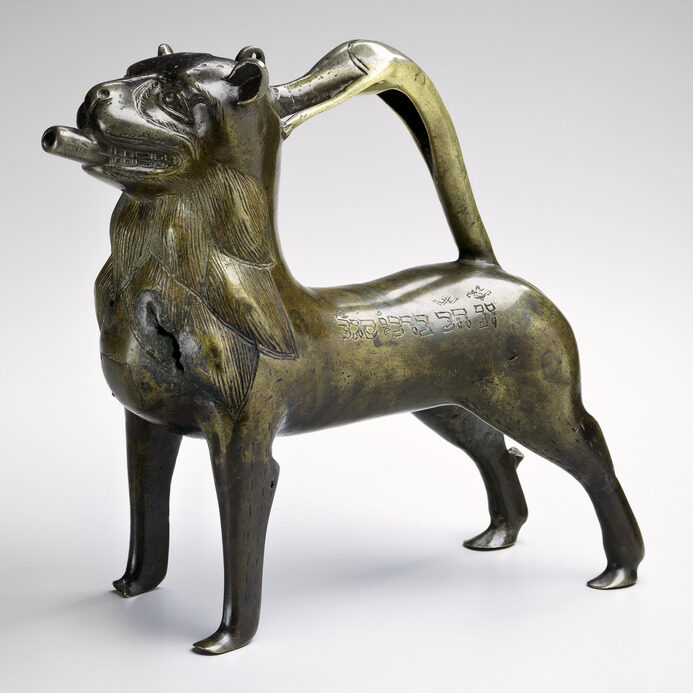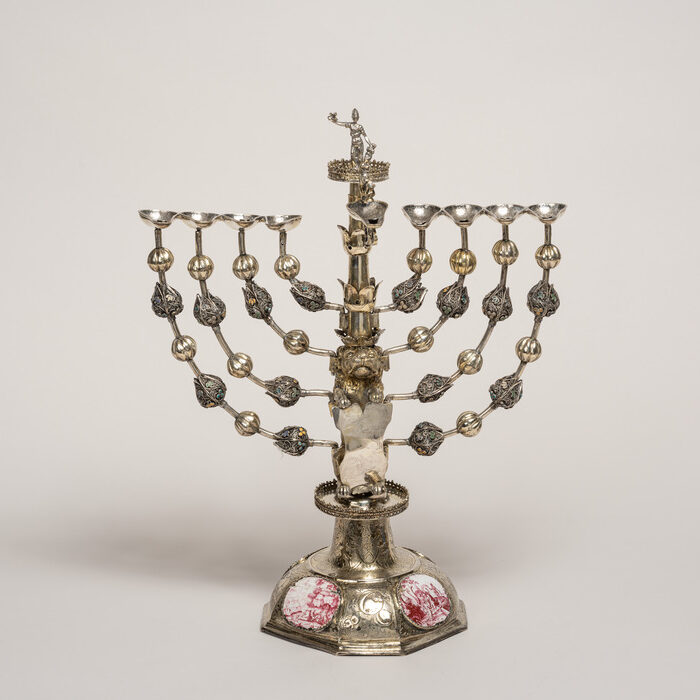Verbal Description Tour at Home
Participants Who are Blind or Have Low Vision
Please join us for a descriptive teleconference tour exploring The Hare with Amber Eyes.
All Access Programs are free of charge and require advance reservation. Please contact [email protected] or 212.423.3289 for more information or to register.
This program will take place on February 23, 2022 from 2 – 3:30 pm EST.
A Zoom conference call number will be sent to all registered participants the day before the program.
About the Exhibition:
The Hare with Amber Eyes tells the story of the Ephrussi family—celebrated in the 2010 memoir and The New York Times bestseller of the same name by Edmund de Waal—and showcases the breadth and depth of their illustrious collection. The exhibition, on view at the Jewish Museum from November 19, 2021 through May 15, 2022, explores the family’s rise to prominence and splendor in the first half of the nineteenth century, followed by a focus on the prolific collector and historian of art, Charles Ephrussi, to the inter-war years, and finally World War II, when the family lost its fortune and collection to Nazi looting.
Diller Scofidio + Renfro, working closely with de Waal and the Jewish Museum, has created an interpretive installation using family and loaned artifacts that trace the turbulent history of their movements through place and time. The architecturally distinguished homes the Ephrussi family inhabited over the course of generations will be evoked within the domestic setting of the Jewish Museum and brought to life through excerpts from de Waal’s memoir.
The exhibition will bring together pieces from the Ephrussi’s collections to examine the ways in which objects can function as storytellers, symbols of resilience, and monuments of a family legacy, including artworks by Jean-Honoré Fragonard, Berthe Morisot, Claude Monet, Gustave Moreau, and Auguste Renoir, among others; decorative objects; and family photos and ephemera from their lives across four continents. At the exhibition’s centerpiece is the extraordinary collection of Japanese netsuke, miniature carved sculptures of the Edo Period (17th-19th centuries), hidden by a maid from German officials in her mattress during World War II, and later returned to the family after the war. The collection of netsuke has since been handed down to subsequent generations, serving as a connection between the past and the present. The most recent member of the family to inherit the collection, author and ceramicist Edmund de Waal, drew from them the inspiration for his memoir The Hare with Amber Eyes, continuing the family’s storied legacy of artistic and cultural pursuits.

